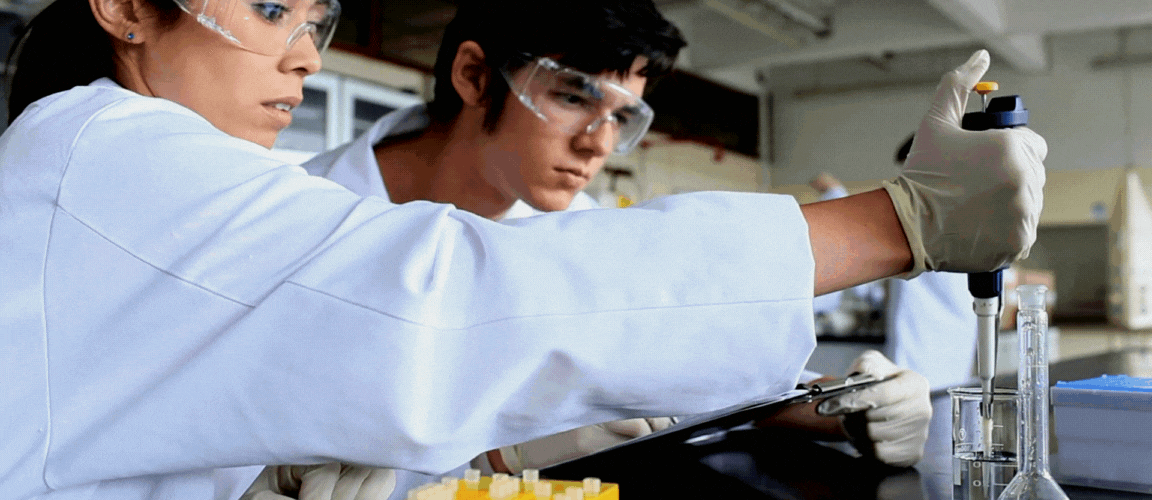The application of the 3Rs across Australian universities has gained traction, yet in the second decade of the millennium, we still have far to go
With large gaps in our reporting of animal use, the animals covered under protective acts, collating national statistics that are useful, and lack of understanding of alternative methods, any attempt to replace animals in education and research still leads to more questions than answers.
In 2020, Victoria alone reported 33,425 animals used for educational objectives. We need to deeply understand the reasons for this, the outcomes achieved through animal use, and the barriers to change, before we can replace animals in education, but this information is hard to come by.
Traditional barriers to the replacement of animals in education are becoming less reasonable
Key drivers for why faculties haven’t all made the switch to humane teaching include:
- Lack of awareness of the 3Rs principle
- Lack of knowledge of viable alternative methods
- Misconceptions about cost and availability of alternatives,
- The belief that students are more engaged with this type of hands-on learning.
In both education and research, the belief that there are few validated alternatives stalls progress. While the adoption of animal use faced little scrutiny in its introduction, the replacement of animals by humane alternative methods has needed solid evidence demonstrating efficacy in achieving the same learning objectives that animal models are believed to achieve.
Of course, students graduating with the appropriate skills for their career is vital, however research comparing learning after animal and alternative use have shown equal or better outcomes for students using alternatives. An abundance of resources are now available for humane teaching methods, but the adoption of these is lagging and we need to know why.
Conscientious objection policies across Australian universities are obscure at best
Students can opt out of harmful animal use where possible, and a viable alternative must be provided, but many just say alternatives may not be available so students should reconsider their career choices. It’s disheartening that we could be losing some brilliant minds, who think outside the box to create real-world solutions, because we force them into the traditional practice of animal experimentation. To have no more Andrew Knights, who successfully completed his veterinary studies, albeit after an extensive battle with policy, breaking norms and giving new insights to old problems would be a tragedy for science and animal welfare.
It’s argued that students need this hands-on learning. Subjectively, I have often questioned while in dissection classes whether a crowded laboratory class with students in groups of 3 or more, really achieve the expected outcomes.This has rarely been tested.
We should also consider how many students realistically need these skills in their careers. Norton and Cakitaki (2016) report that life science graduates had the lowest full-time employment rate of any graduate field in 2014 within months of graduation, with 49% of those looking for full-time work finding it. Only half of these were employed in a job that utilised skills from their science degree. We must ask, is teaching dissection to 300+ students per subject really still vital to their career progression?
Having been ingrained in biological science potentially since the third century BC1, replacing animals now requires a complete shift in perceptions, and facilities, steeped in tradition
The reality is simple though – we know more about animal sentience than ever before, and the ethics of utilising animals for our gain, particularly if that gain is merely passing on knowledge we already have, has become more uncomfortable for educators, academics, students and the public. While we slowly adapt to this changing method, animals continue to be bred, killed, or experimented on, so we need to move faster.
Additional Sources
- Orlans, F. B. (1993). In the name of science : issues in responsible animal experimentation. New York: Oxford University Press.
Bio:
Catherine is a science writer from Melbourne with a Master of Applied Science in biology and biomedicine, a Graduate Certificate in Tertiary Education, and a Bachelor of Health Science. She began her PhD in science education, exploring how academics can replace animal models in their biological science classrooms while also encouraging higher-order thinking in their students, but has recently switched this to study a second undergraduate degree in Wildlife and Conservation Biology with a plan to continue her original PhD research once finished in her new studies.
Previous publication:
https://pubmed.ncbi.nlm.nih.gov/30022675/
Read HRA’s webpage on humane education
